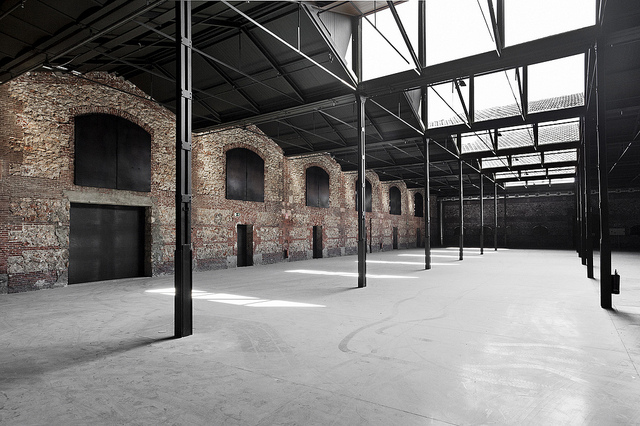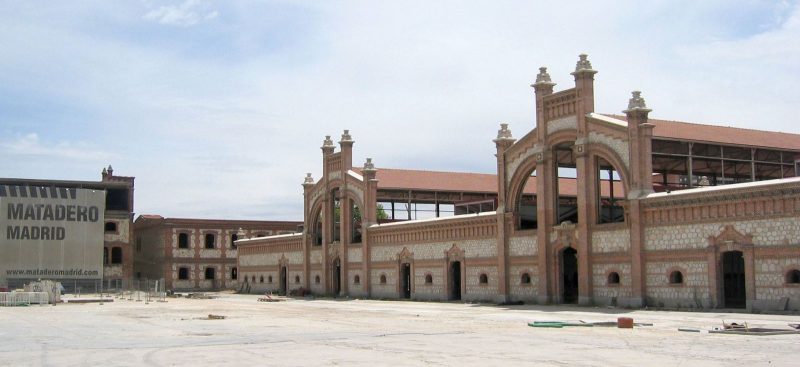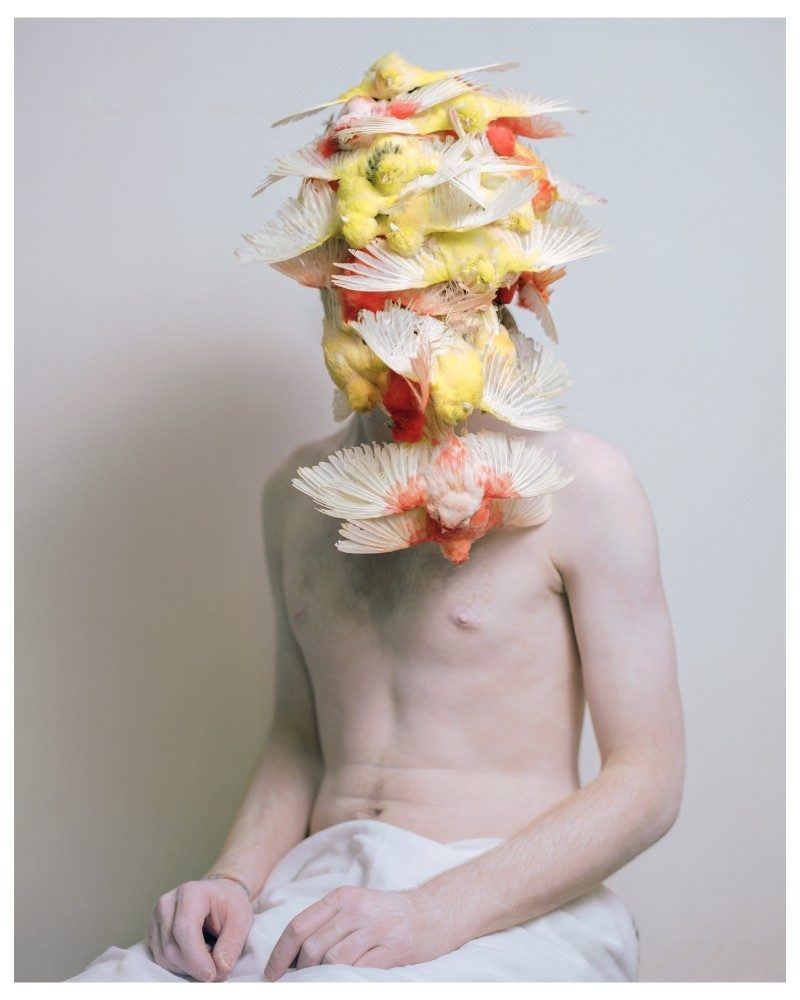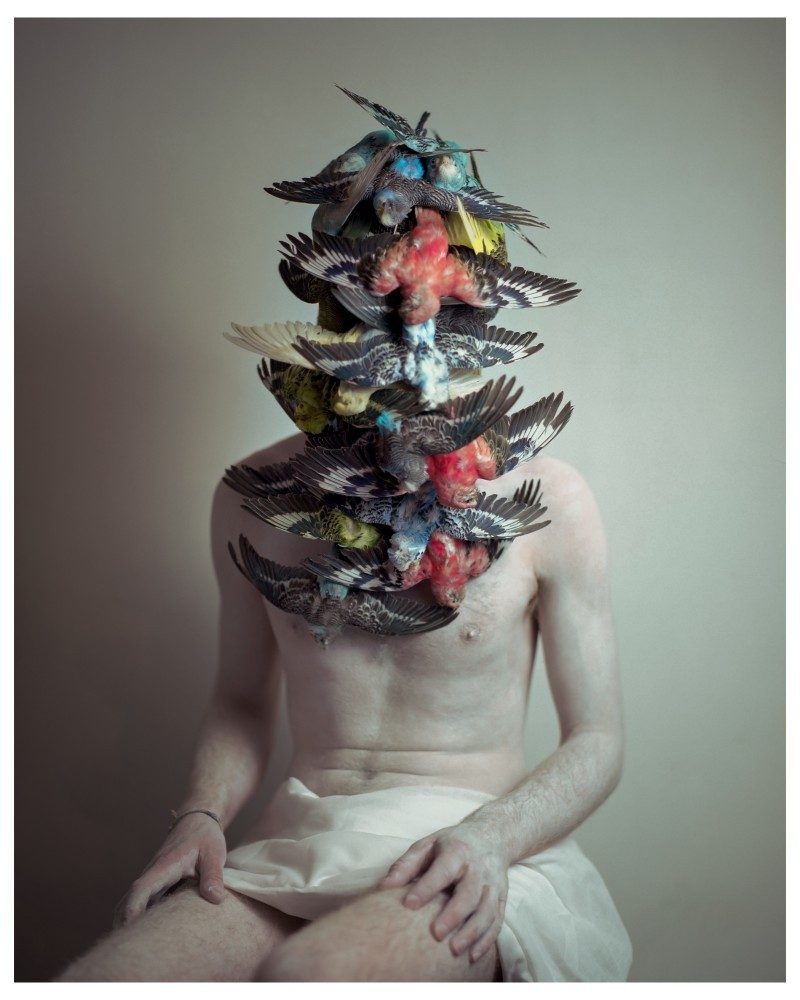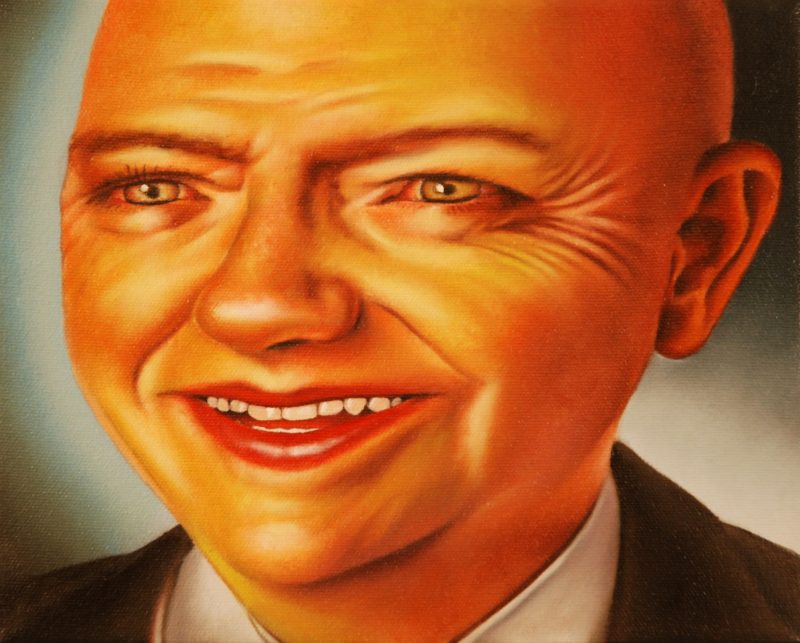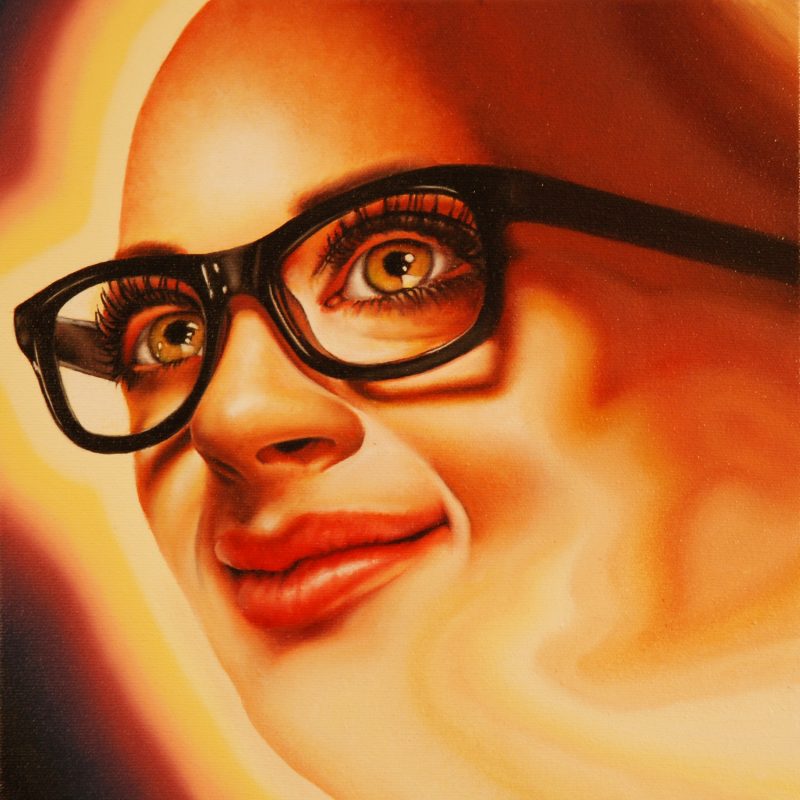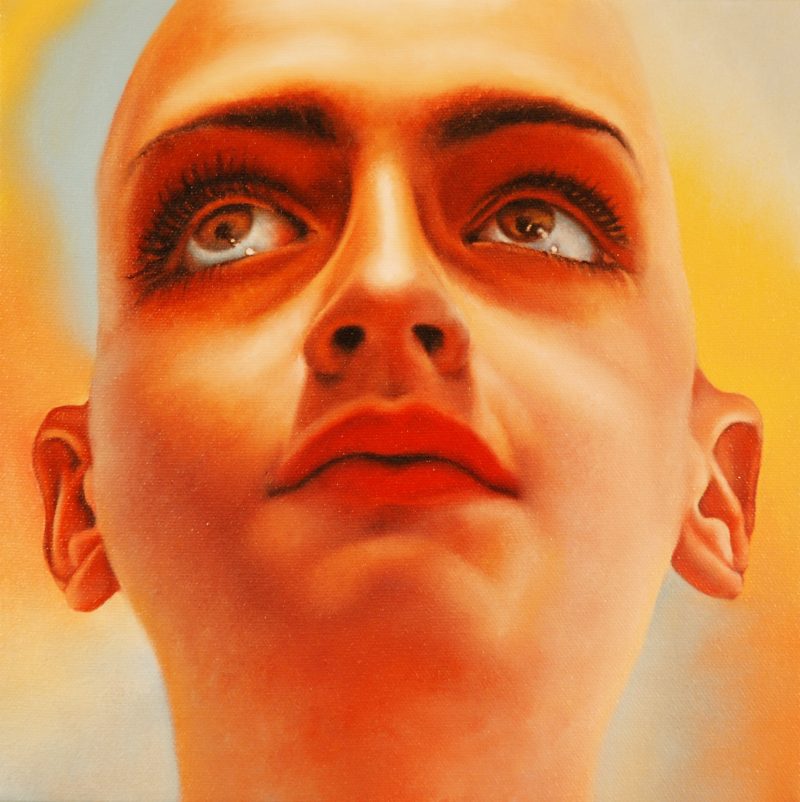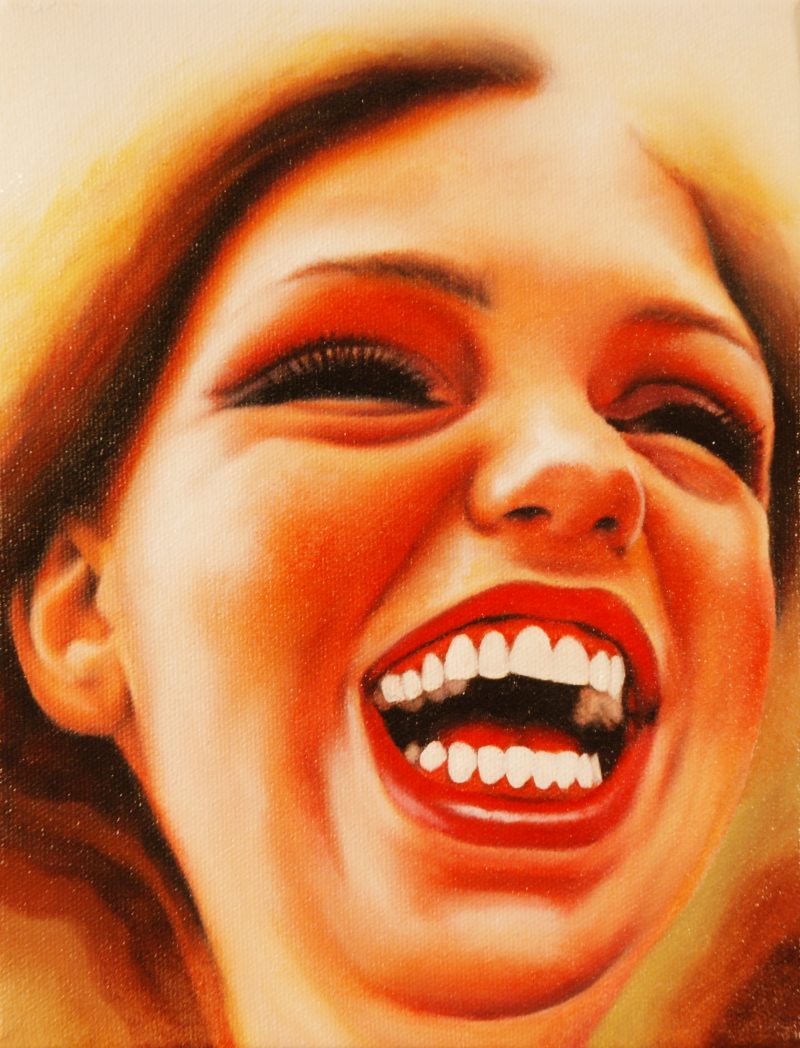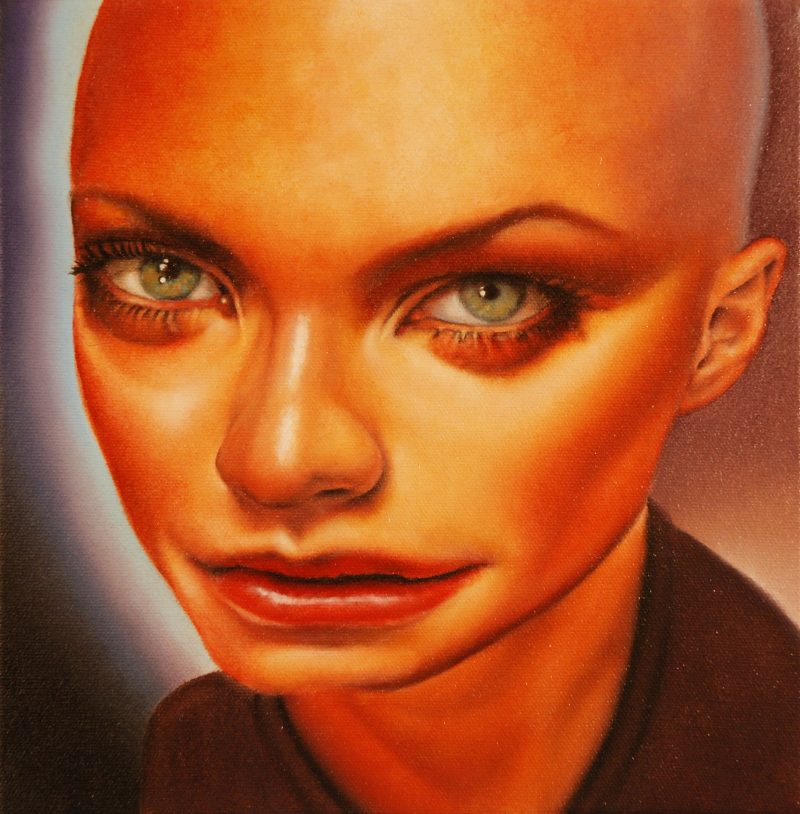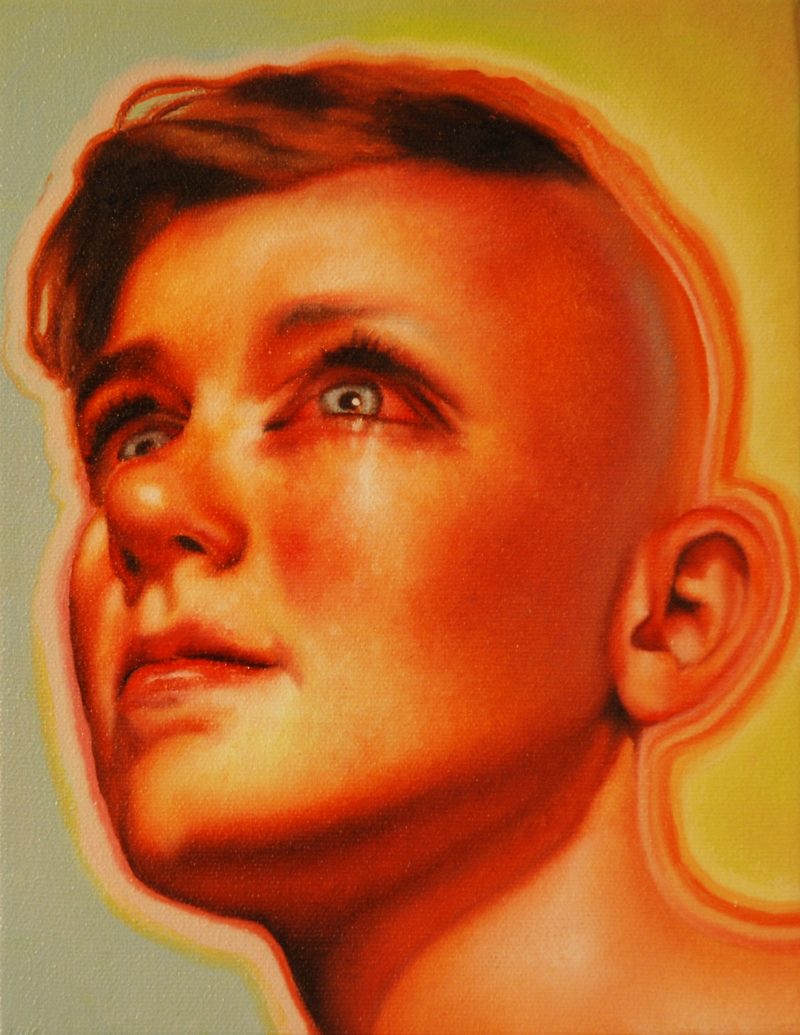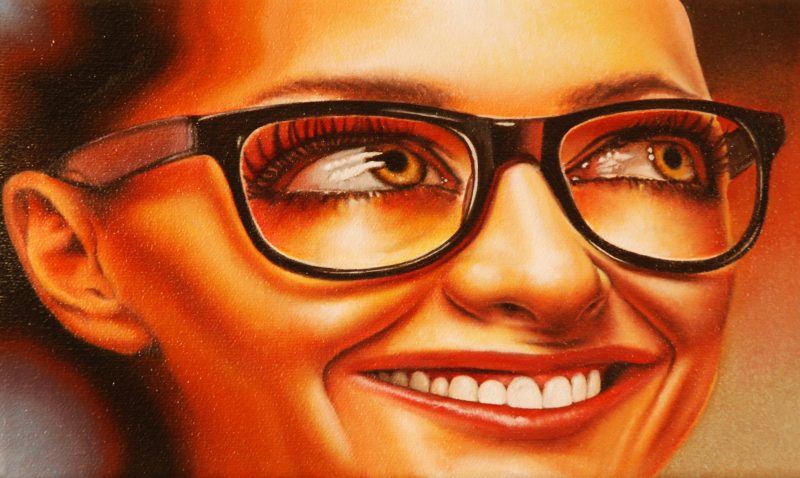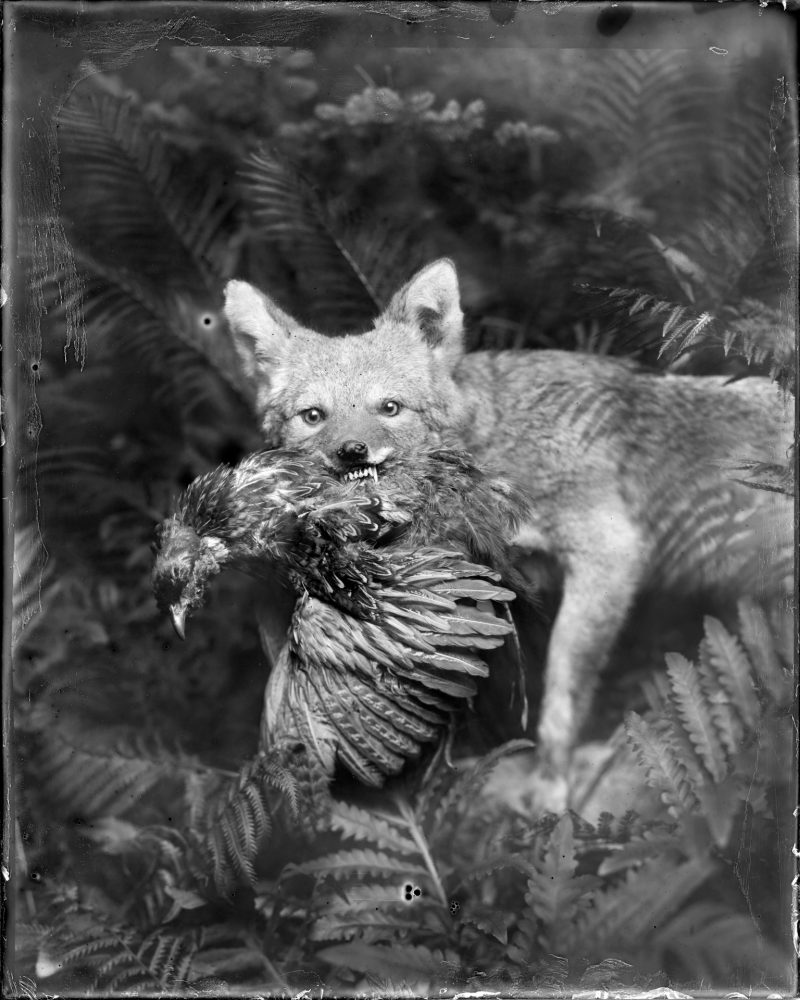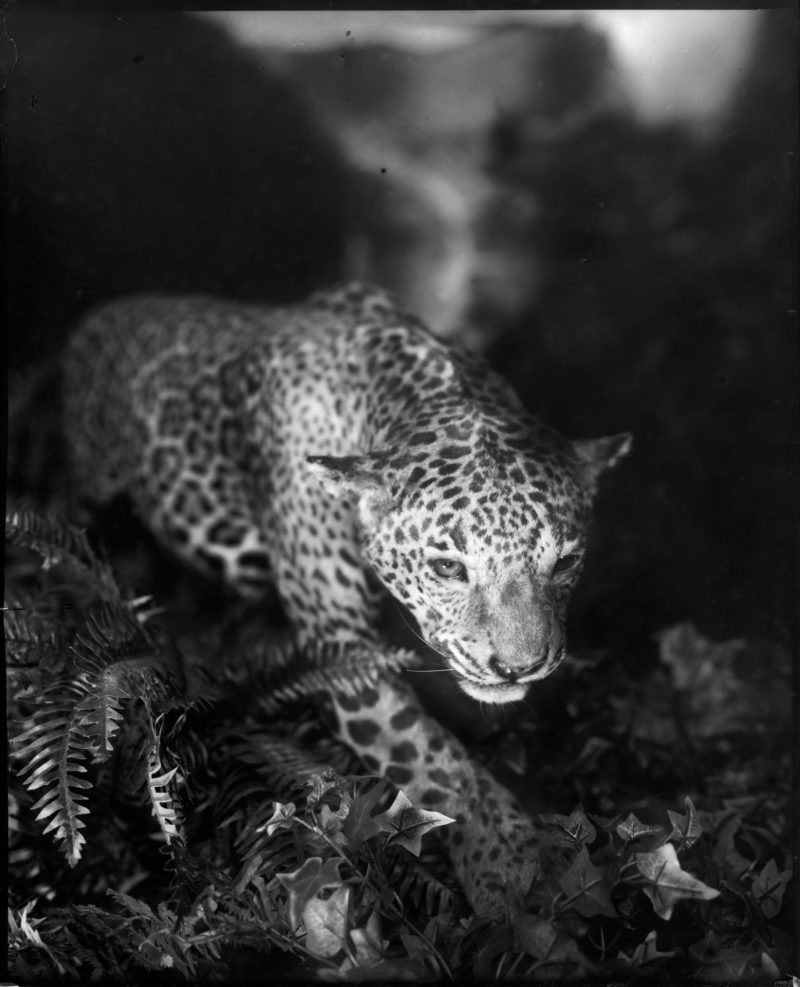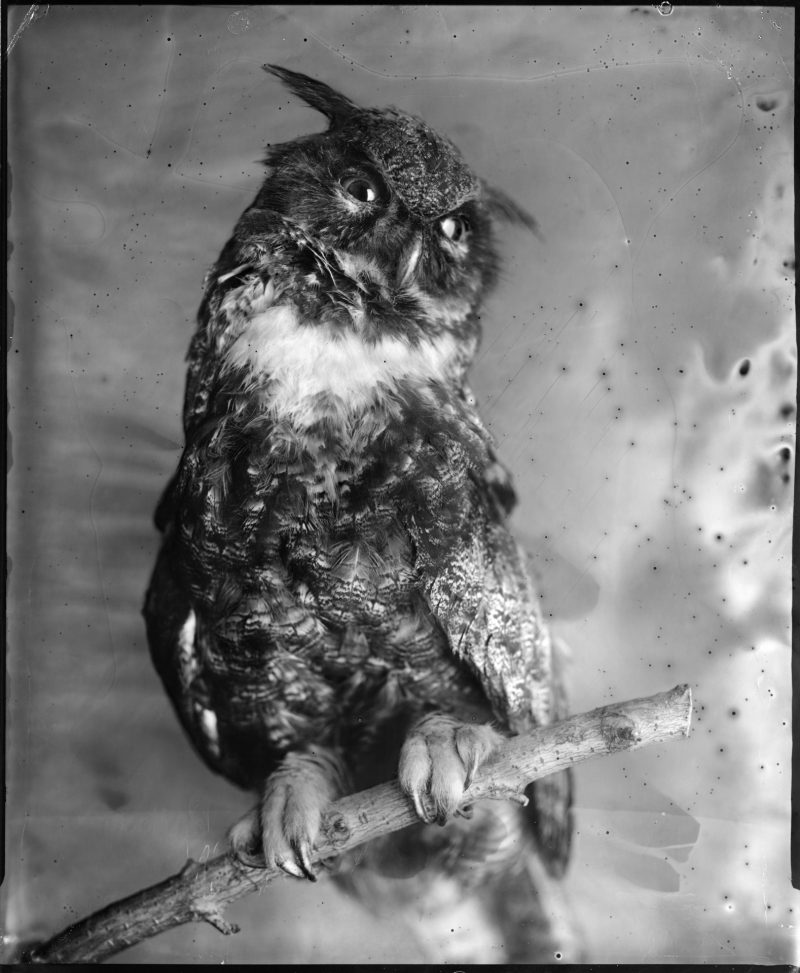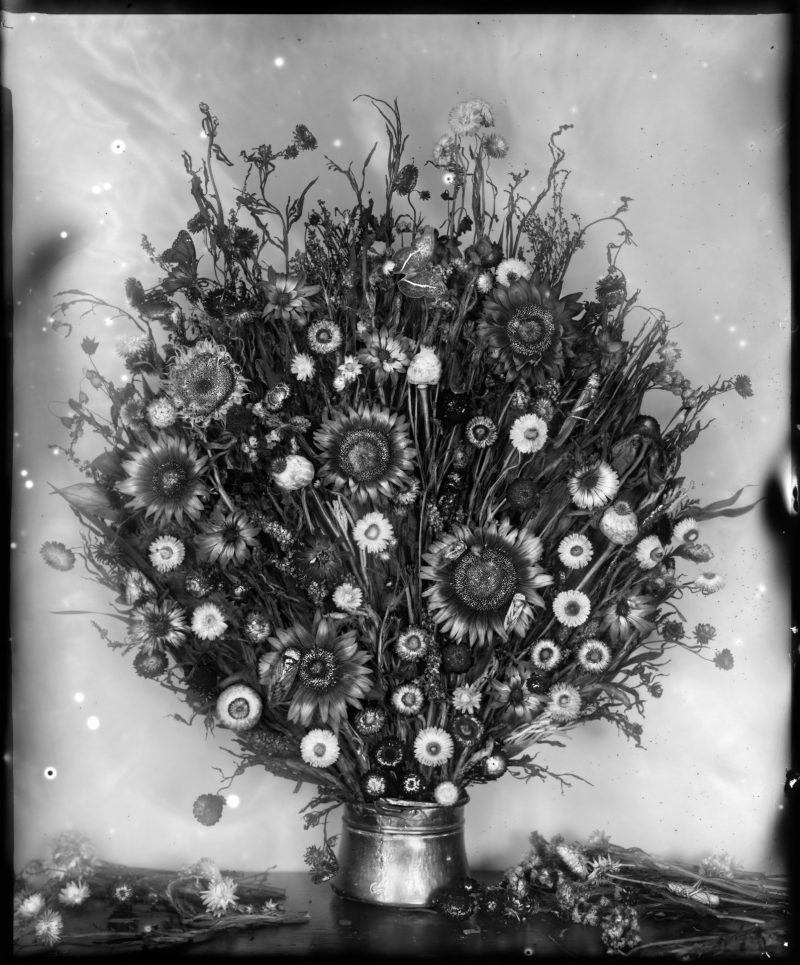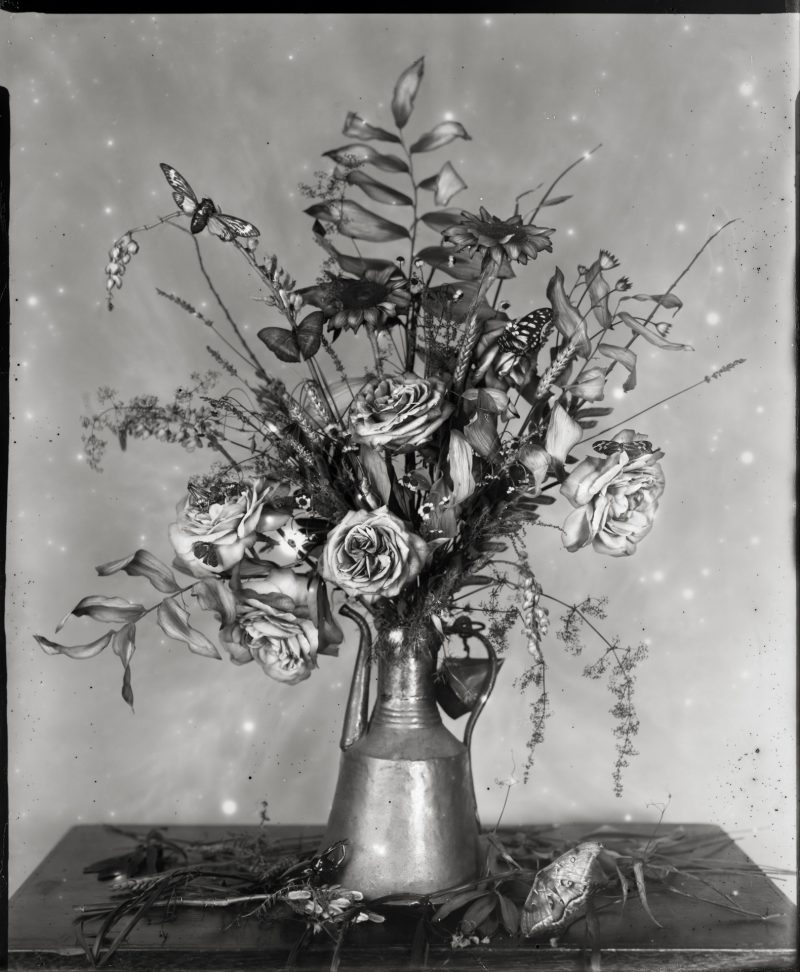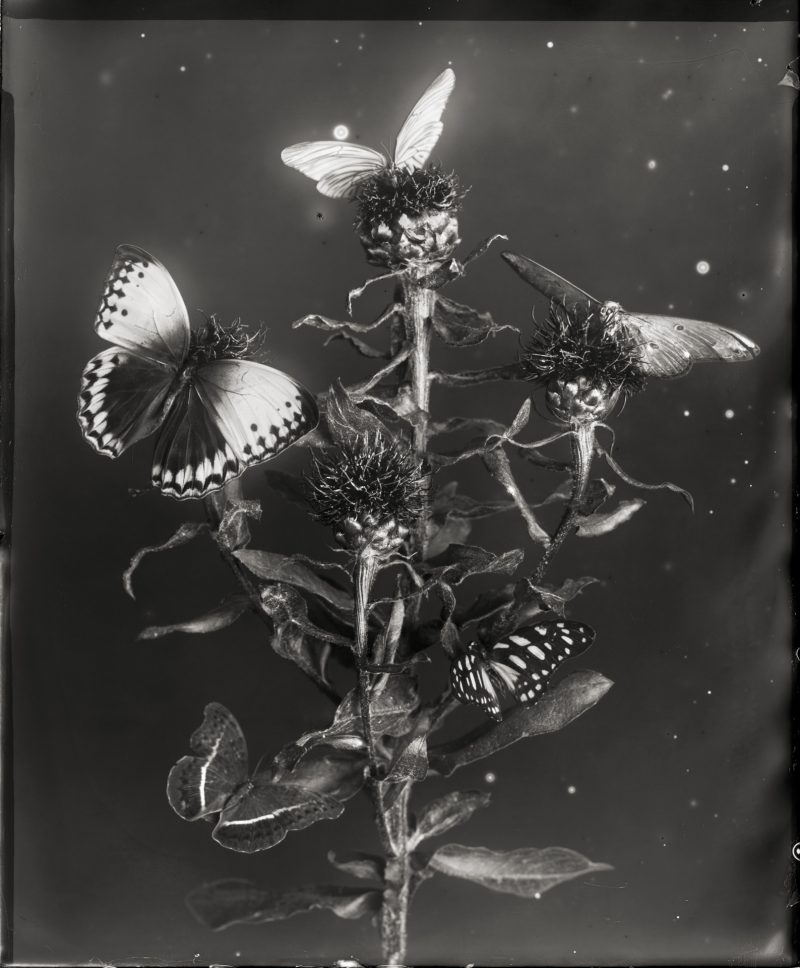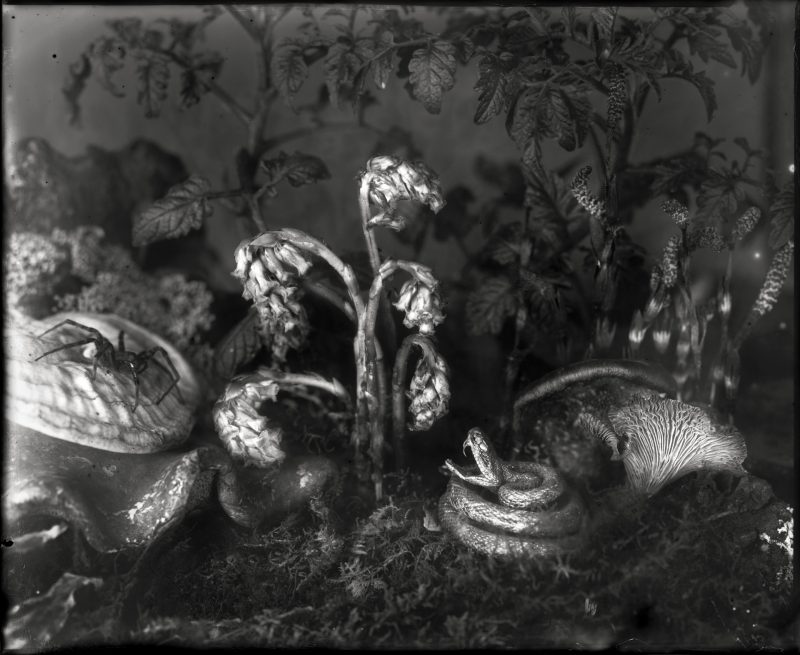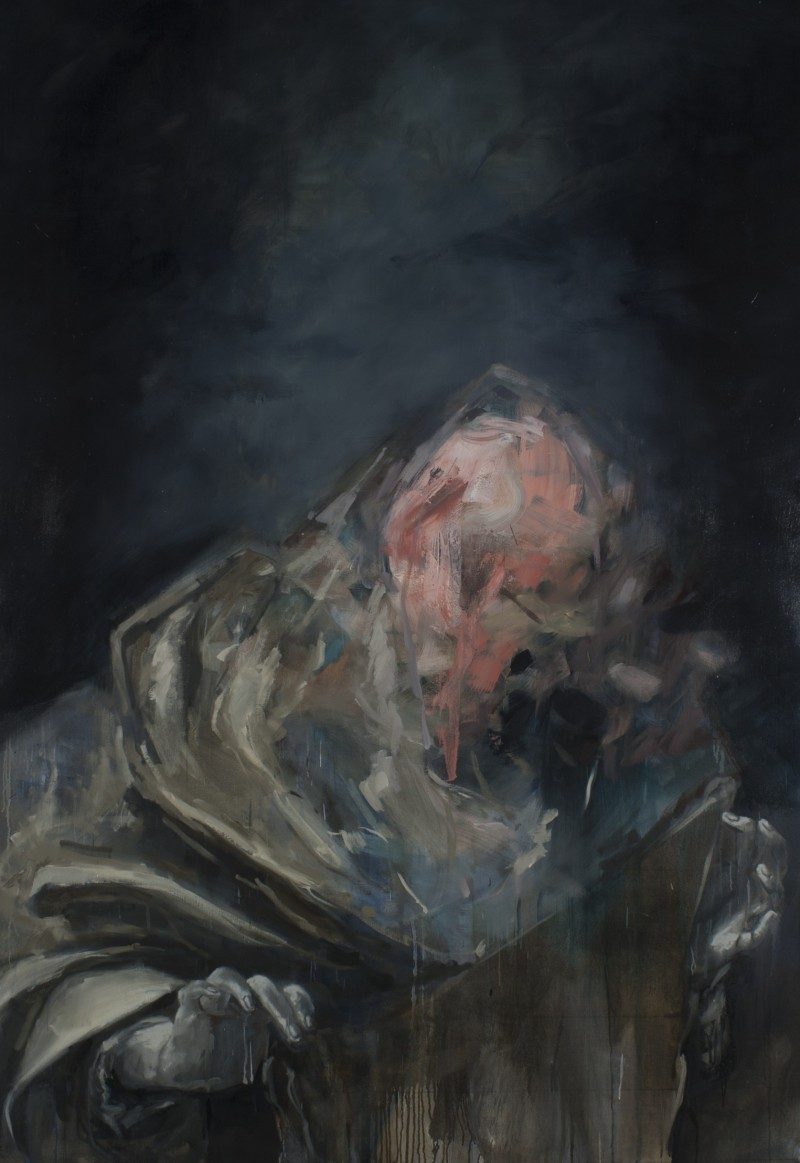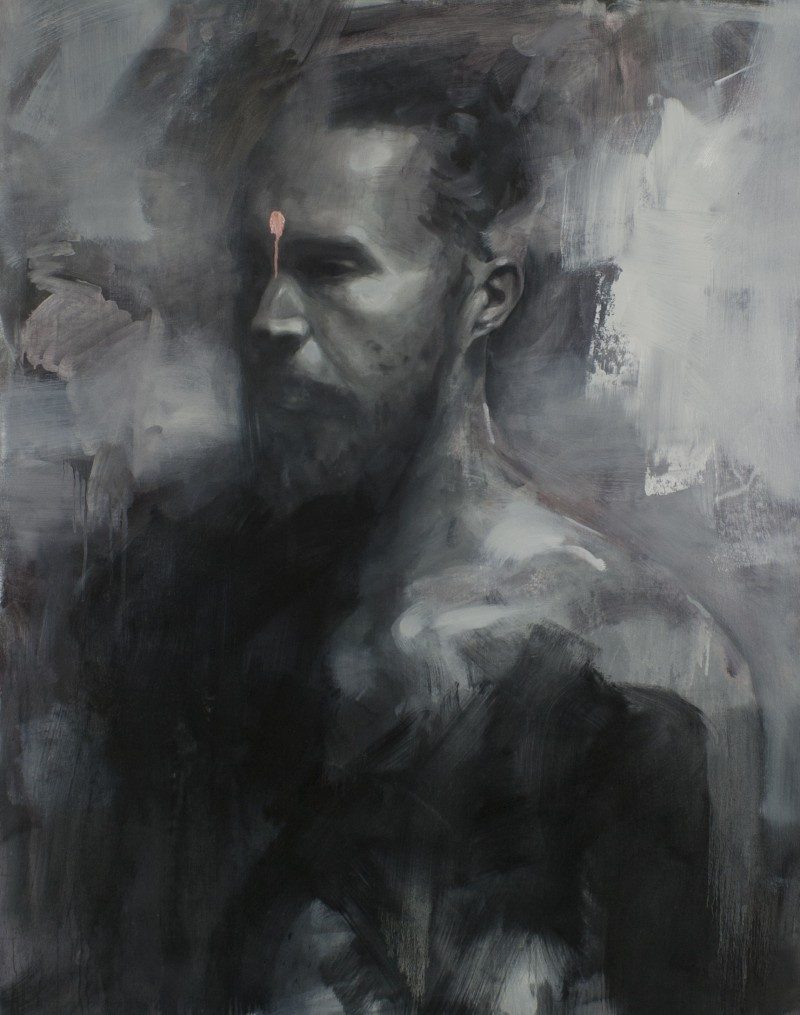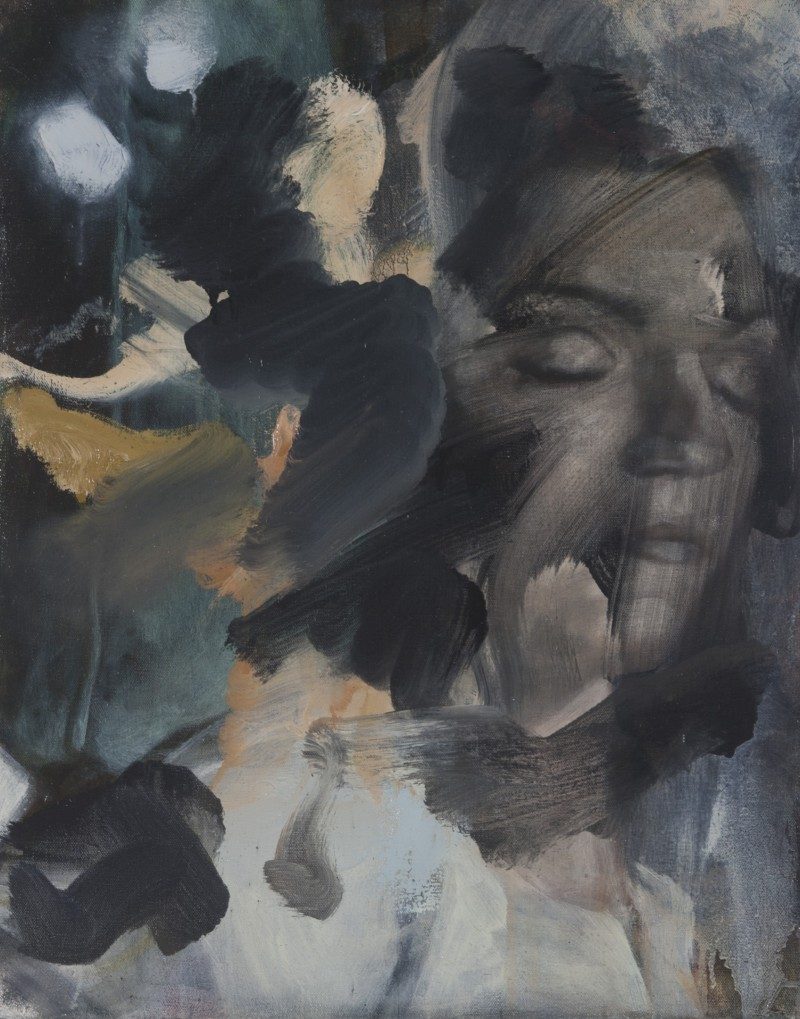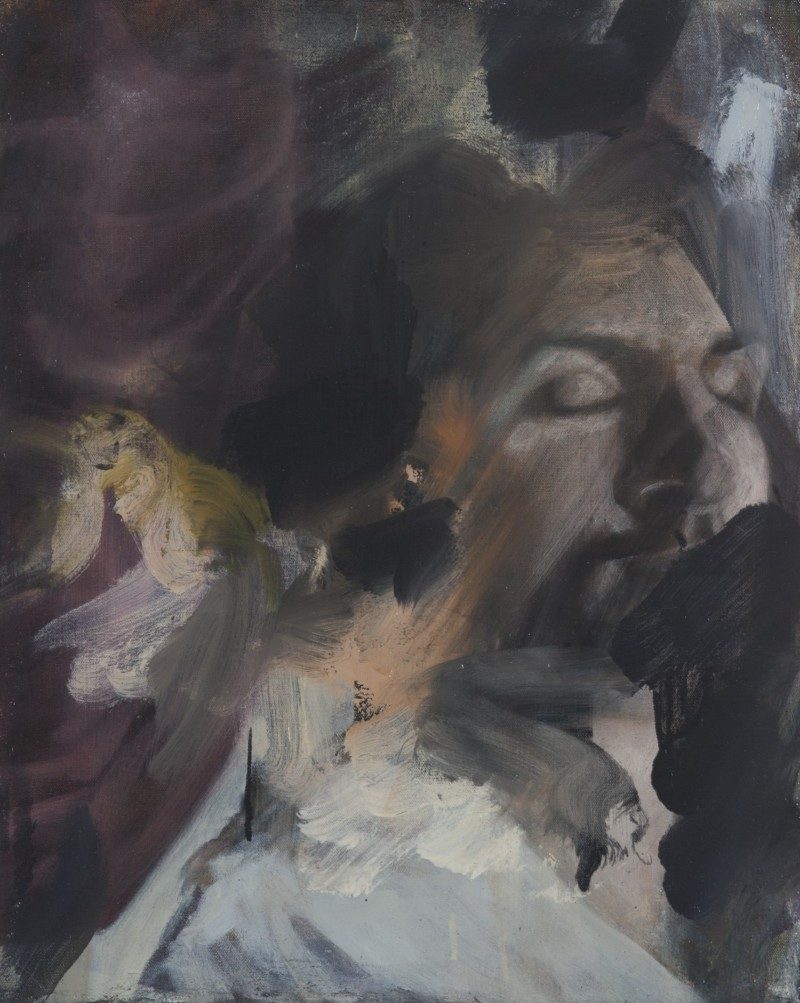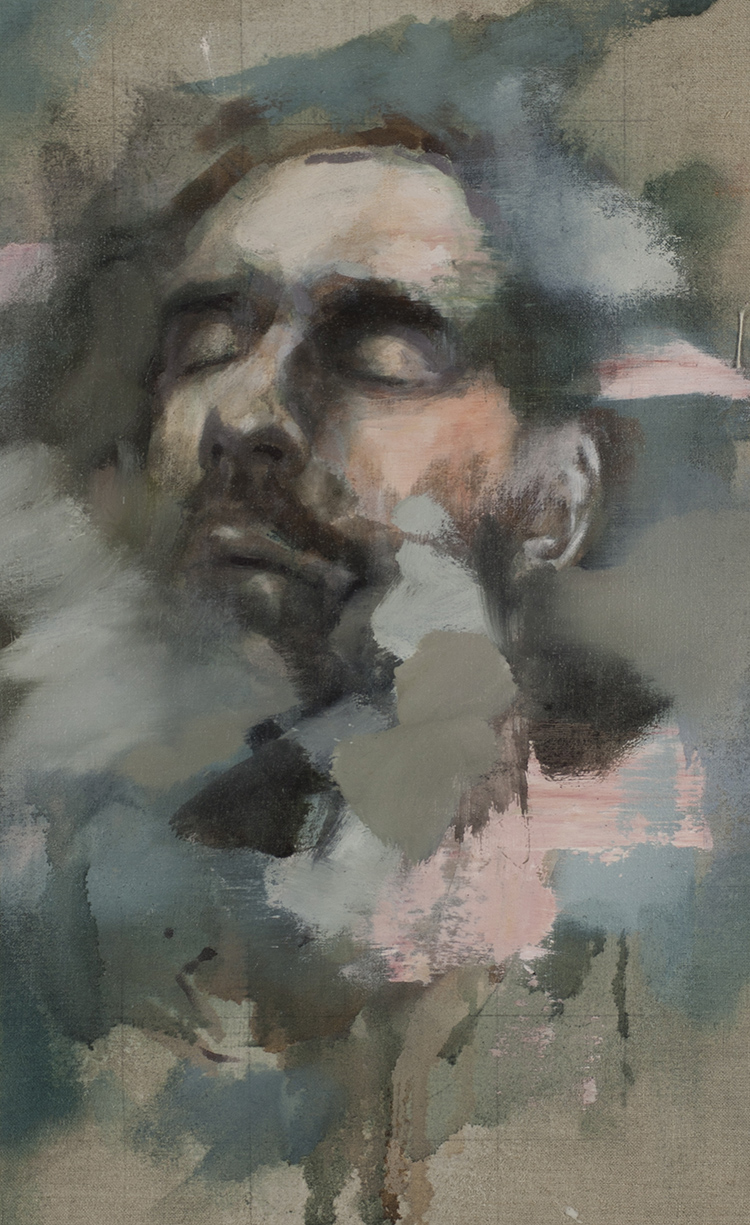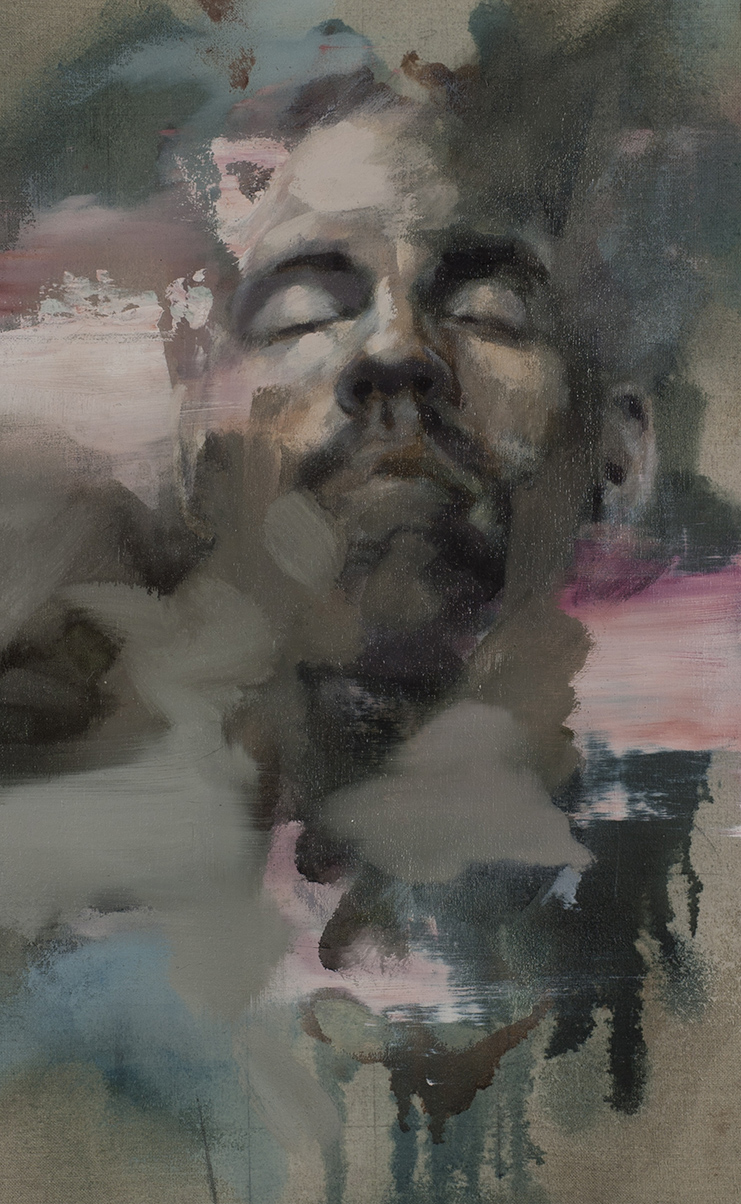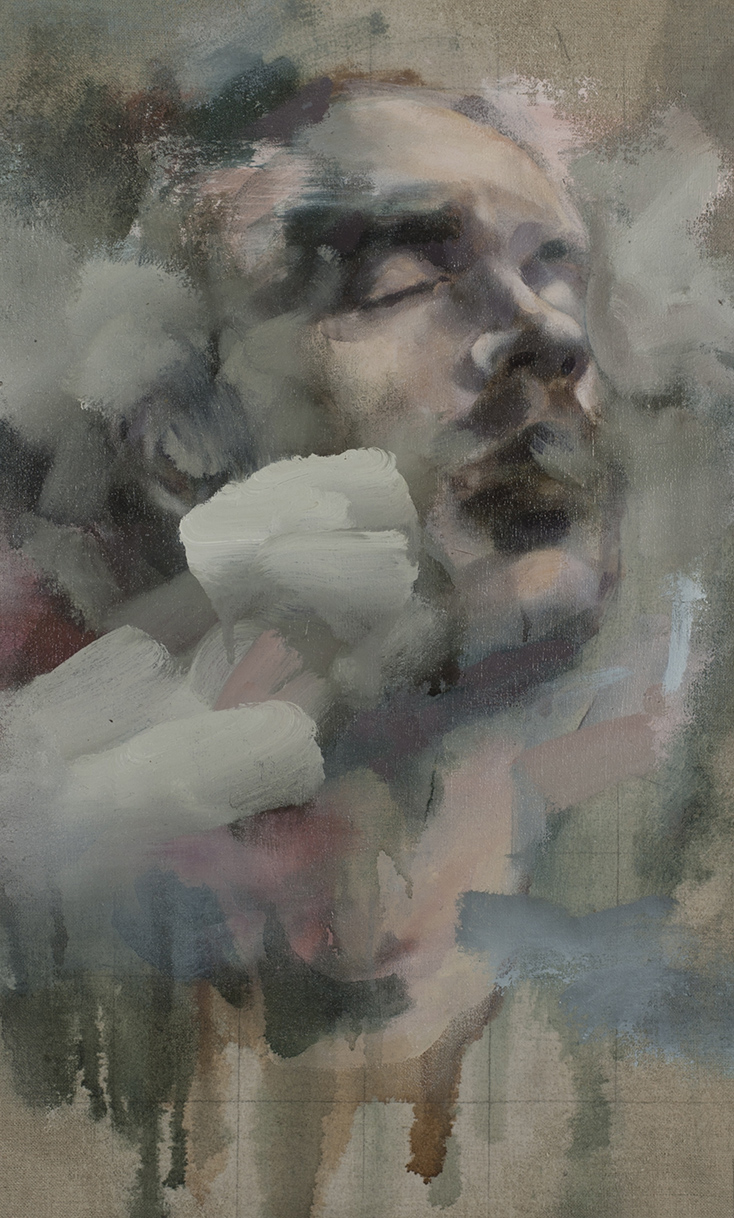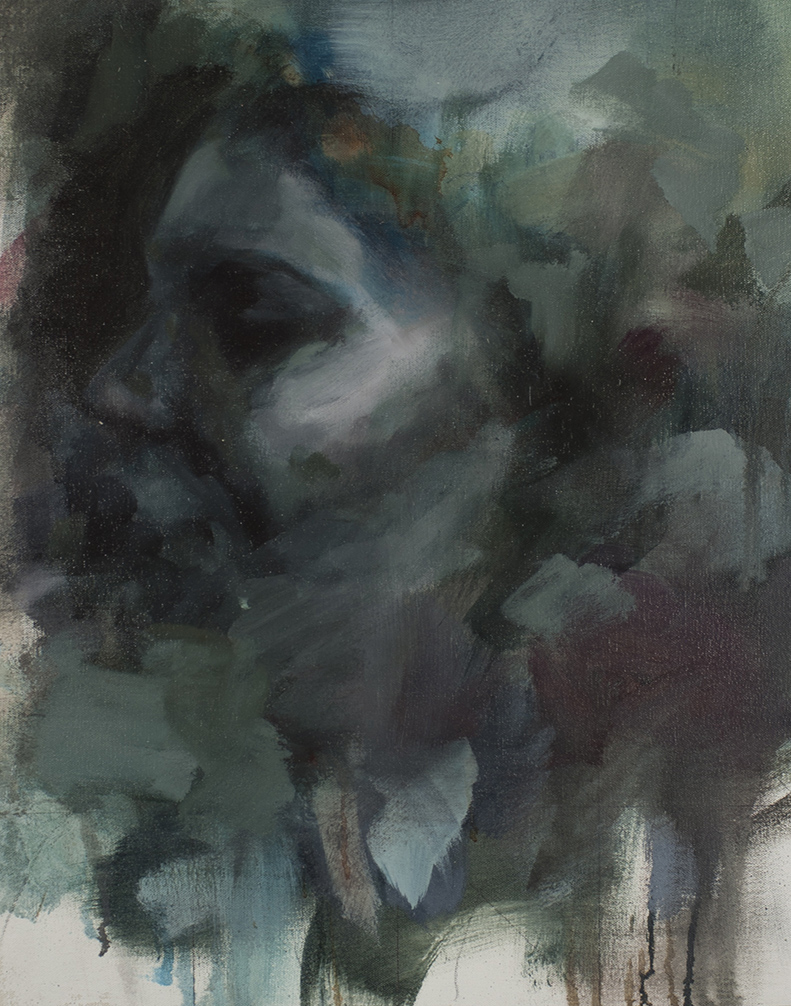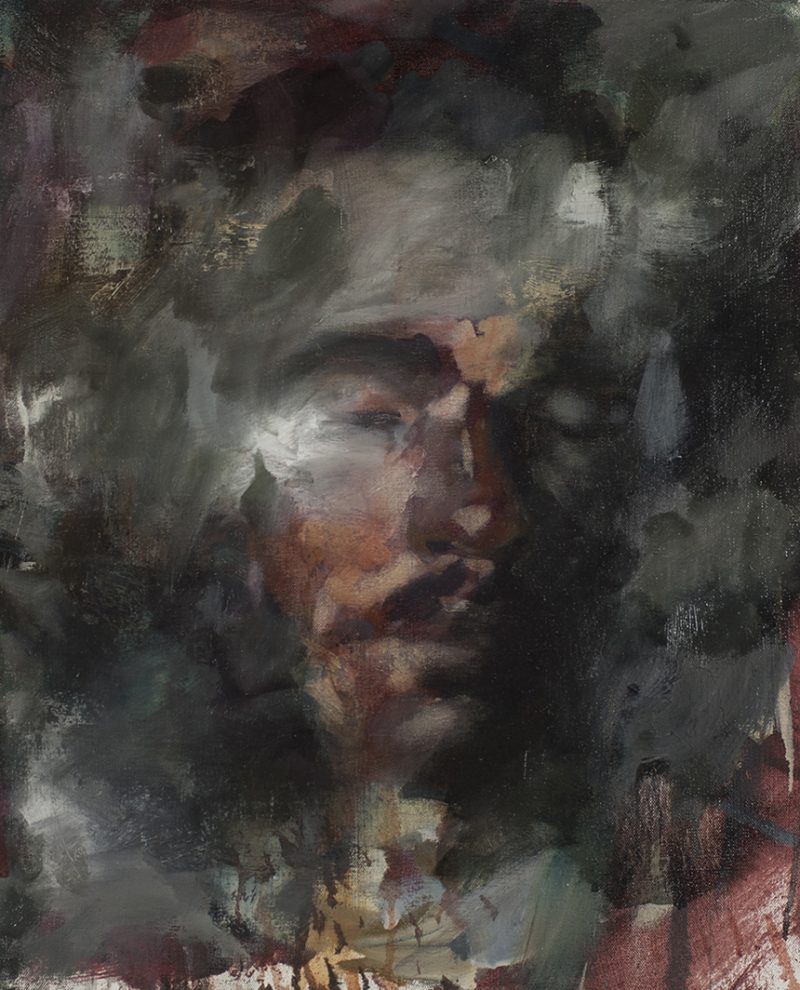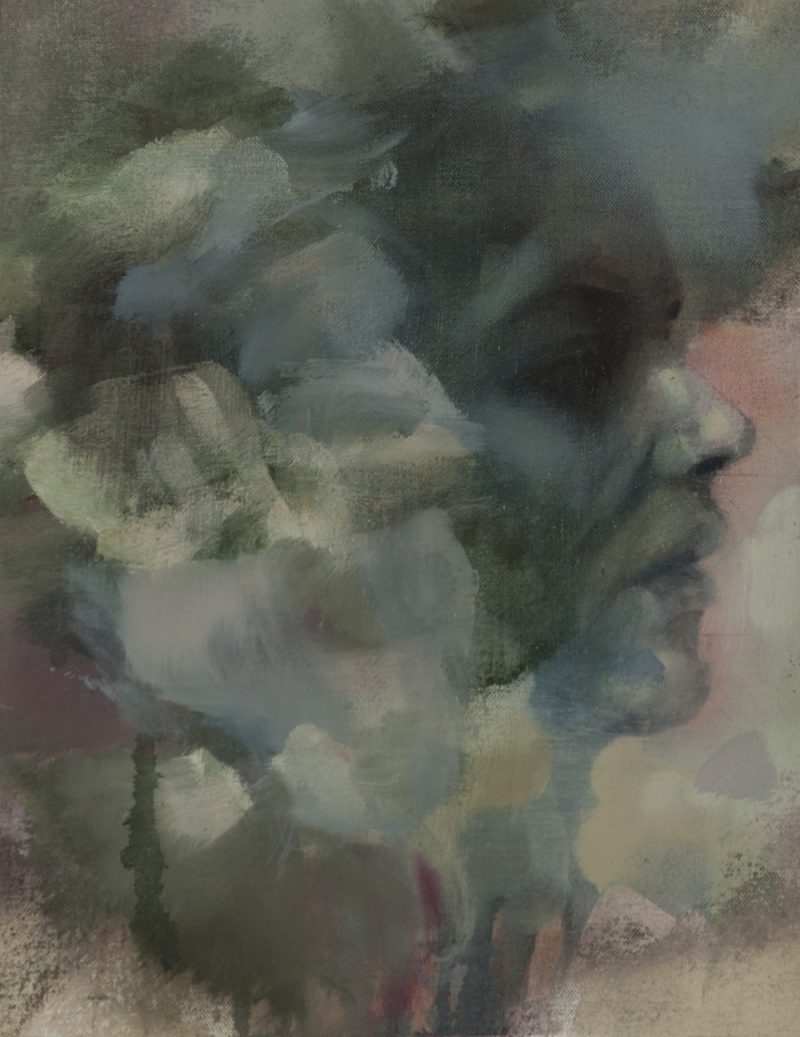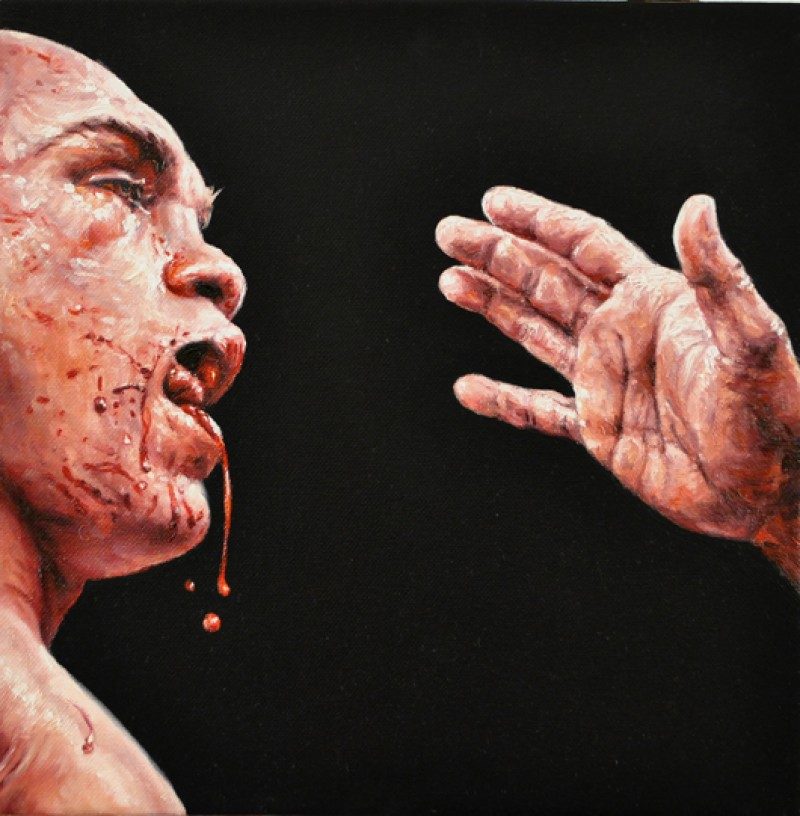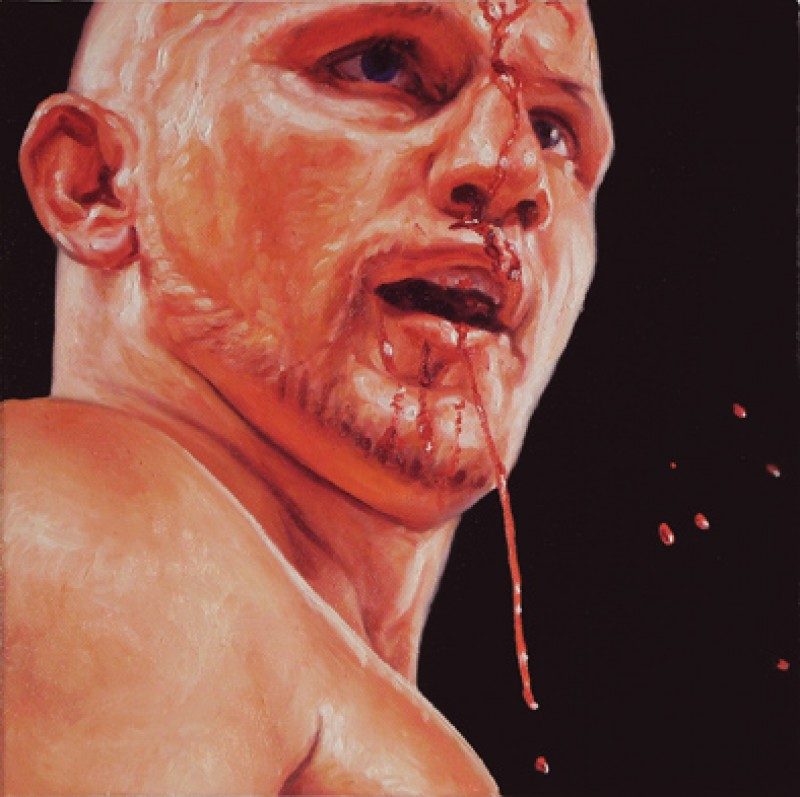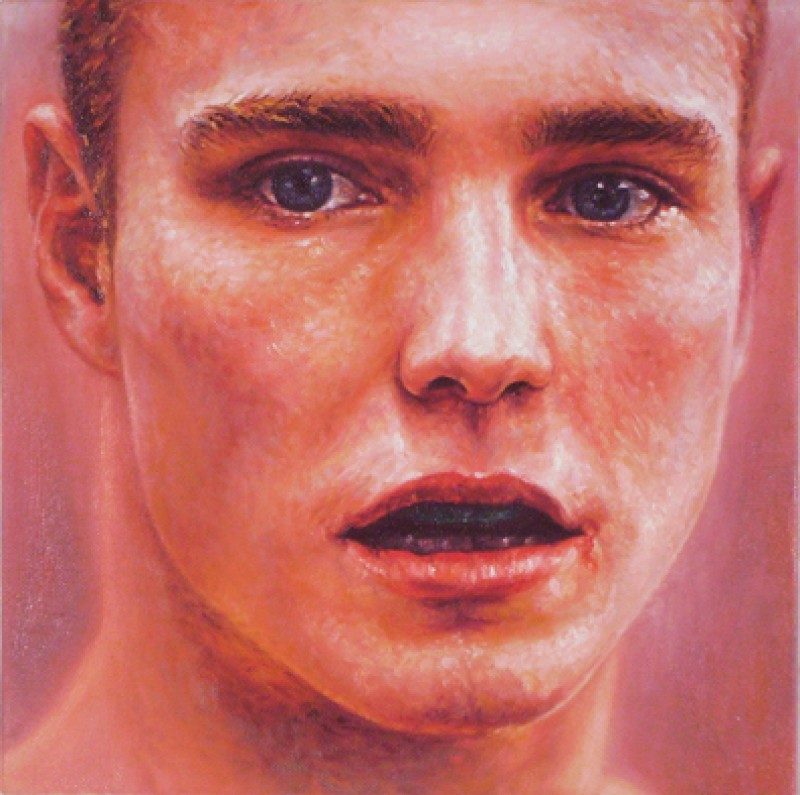SUMMA Art Fair, Madrid, Spain / September 2015
SUMMA International Art Fair, Madrid, Spain / September 2015
LPM Projects (formerly La Petite Mort Gallery) is proud to announce our participation with the SUMMA International Art Fair
in Madrid, Spain, from Sept 10-13, 2015, made possible by invitation from Paco de Blas, SUMMA’s director.
This internationally renowned art fair will be held at MATADERO MADRID / CENTRO DE CREACIÓN CONTEMPORÁNEA, a former slaughterhouse, turned into an architctural marvel.
LPM Project artist featured will be Andrew Moncrief, Whitney Lewis-Smith, Peter Shmelzer, Matthew Stradling, Rowan Corkill & more.
This will be one of many new ventures to come with LPM Projects new international direction & goals, while still maintaining a focus on local projects in Ottawa & within Canada.
Stay Tuned. We aien’t done yet.
More info on SUMMA:
http://summacontemporary.com/?lang=en
More on Matadero Madrid:
The slaughterhouse and livestock market of Arganzuela had always been an open project with scope for growth. Surrounded by a wall measuring 2,500 meters, and covering a surface area of 165,415 sq. meters, Luis Bellido and González’s project was structured around a set of pavilions used for different purposes and services. These included management and administration, livestock market, sanitary services, vehicle depots, stalls and even a rail service. In the wake of the civil war, other purposes were attributed to the site and the potato storage warehouse was built in 1940, later to be transformed into a glasshouse in 1992. From 1970, the slaughterhouse’s facilities began to fall into disuse, leading, in the 1990s, to the first renovation projects. In 1983, architect Rafael Fernández-Rañada transformed the old management and administration area. This building now corresponds to Arganzuela municipal council’s headquarters, better known as la Casa del Reloj (Clock House). In 1987, the same architect undertook the project to refurbish the stable and calf market warehouse to host sociocultural activities.
From 1990 to 1996, the architect Antonio Fernández Alba transformed the former cattle stalls into headquarters for the Spain’s National Ballet and National Dance Company. In 1996, the slaughterhouse was definitively closed as such, and one year later the site was registered in Spain’s 1997 general urban planning charter.
In 2003, Madrid’s City Council decided to hand the site over to sociocultural purposes and, subsequently, revision of the previous plans began. On the 26th of September 2005, changes to the special intervention and the architectural adaptation and urban-environmental control plan were approved. The project would respect the former municipal slaughterhouse’s architecture, with the purpose of converting 75% of the space to cultural use.
From then onwards, new interventions were initiated in order to convert the space in a center for creative assistance. It became a place of new architectural experiment, following the Special Plan’s criteria, which focused on the conservation of the surroundings. The main line of intervention centered on reversibility, meaning the buildings could easily be reconverted into their original states. By deliberately keeping vestiges of the past, the project wanted to accentuate the experimental character that the institutions would possess. One of the project’s main aims was to find a balance between a respect for the architectural space and a specific provision. This provision would limit the use of industrial materials and would, simultaneously, provide the necessary space for the activities to be held.
The architect Arturo Franco restored the hall (Paseo de la Chopera, 14) as well as the Intermediae space. Intermediae is mainly composed of iron and glass and was opened to the public in February 2007.
The Naves (Units) del Español, a space of 5,900 sq. meters, is the product of an interdisciplinary collaboration between the theatre director Mario Gas, and the stage designer Jean Guy Lecat. Lecat also worked with Peter Brook on the transformation of various locations such as a gas tank, a quarry, an abandoned factory and other unusual spaces. The collaboration also involved the technical stage designer Francisco Fontanals and the municipal architect Emilio Esteras. The restoration, guided by the principles of reversibility, flexibility and versatility, has given the space a diversity of dramatic configurations. It has introduced new elements and materials (polycarbonate as well as a structure of scaffolding), which are combined with the existing materials, and enable a clear reading of these procedures.
The Central de Diseño, which opened in November of 2007, is the result of a project led by José Antonio García Roldán. His action gave importance to maintaining the strength in the constructive decomposition of certain elements. He achieved this aim by incorporating recycled and recyclable materials: removable polycarbonate for the illuminated wall, industrial trays from recycled bumpers for the ground and galvanized iron.
Matadero does not only have singular buildings: the space between the industrial units is equally interesting in what concerns its urban dimension and quality. The enclosure’s urbanization project was developed in collaboration with the wining architects of the Madrid Rio international urbanization competition, Ginés Garrido, Carlos Rubio and Fernando Porras. The project gave birth to the Calle and Plaza Matadero, an open-air space overflowing with activity.
In June of 2011, the Nave 16 opened, designed as a versatile exhibition space of more than four thousand square meters. The space was restored by the architects Alejandro Vírseda, José Ignacio Canicero and Ignacio Vila Almazán. The restoration enabled them to be finalists for the 2012 FAD Architecture Prize.
Also finalists for the same prize, María Langarita and Victor Navarro were in charge of transforming the Nave 15 in what is now the Nave de Música. The latter opened to the public for the first time in October of 2011. The premises of their work were once again centered on reversibility, flexibility and a maximum respect for the original structures. They created a unique space dedicated to music and sound art, combining stages, offices, rehearsal and conference rooms, a radio and a recording studio, a concept with no equal in Madrid.
Once again an impressive project of restoration of great imagination and little cost, the Cineteca opened right before the Nave de Música did, in September 2011. Located between the naves 17 c,d, e and f´s pavilions, it has a total space of 2,688 m2. José María Churtichaga and Cayetana de la Quadra Saldeco’s architectural project has followed the existing constructions’ general conception, notably by conserving the original space’s functionality and charm.
To this new architecture can be added the Casa del Lector, architect Antón García Abril’s second project. With a surface superior to eight thousand square meters, it occupies the space of Naves 13 and 14, the Nave 17b, which connects these two, and a part of the nave 17c.
Lastly, another important construction is the installation of a central which, by means of a subterranean water pipe fitting, provides hot and cold water (for air conditioning), as well as drinking water, protection against fire incidents, electrical energy, land line, sound and information. This system enables significant electrical savings, as well as a significant reduction of maintenance costs, in agreement with the principles of sustainability and economy which guide the project as a whole.
FEATURED ARTISTS:
PETER SHMELZER, LPM PROJECTS, CANADA
Peter Shmelzer is a figurative painter. Over the past three decades he has worked to create his own symbolic, visual language. His work manages to evoke so much of the human condition – its joy and despair – through the use of confused anatomy and bizarrely juxtaposed elements in his beautifully rendered paintings. In this new group of paintings he has managed to distill this visual vocabulary into a series of close cropped portraits that are as startlingly intimate and attractive as they are unnerving, the hallmark of all his work.
“Shmelzer’s visual language-one of airbrushed looking skin, gleaming eyes and pearly white smiles-is one we often see in magazines and advertising. But the artist completely subverts his viewers expectations of macho men and svelte ladies, presenting instead bodies that have been hybridized, compartmentalized and otherwise mutated.” High Fructose Magazine 2014.
RECENT EXHIBITS
Peter Shmelzer has been featured in numerous group and solo exhibitions in Canada and internationally. Recent highlights, below.
2014 The Infidels (group show) La Trampa Gallery Mexico City, Mexico
2013 Post Mortem (group show) La Perrera Gallery Santiago, Chile
2013 Never Alone (solo show) LPM Gallery Ottawa, Canada
2013 Transformer (group show) Saw Gallery Ottawa, Canada
2012 Flesh Garden (group show) YESSR 4 Gallery Buenos Aires & Santiago
ANDREW MONCRIEF, LPM PROJECTS, CANADA
Andrew Edward Moncrief is a young emerging artist born and raised on Vancouver Island, presently based out of Salt Lake City, Utah (USA).Working in varying media forms, predominantly the overlap of photography, sculpture painting and drawing, while focusing primarily on portraiture and the figure. Andrew first started his studies on Vancouver Island where he grew up, where he soon after transferring to NSCAD in Halifax, eventually settling in Montreal after being accepted into Concordia’s Painting and Drawing Program. He has been involved in and coordinated several small student run art shows on Vancouver Island as well as participation in various group shows in Montreal.
Andrew is a recent Undergraduate of Concordia University’s Bachelors of Fine Arts with a Major in Painting and Drawing and has also been the recipient of several bursaries and scholarships for excellence in arts: “Peter Robinson Entrance Bursary” 2006 at North Island College, the “George-Balcan Bursary for Painting and Drawing” (Concordia, 2012), the “D.L. Stevenson and Son’s Colour Scholarship” (Concordia 2013) as well as the “Cecil Buller and John J. A. Murphy Scholarship” for Drawing (Concordia 2013).
Andrew Edward Moncrief is an emerging artist born and raised on Vancouver Island, presently based out of Salt Lake City, Utah. Working in varying media, focusing primarily on painting and drawing with an affinity for classical techniques; utilizing photography as the basis of his predominantly figurative oeuvre. Andrew first started his studies at North Island College on Vancouver Island where he grew up, eventually settling in Montreal after being accepted into Concordia’s Fine Arts Program.
Andrew is an Undergraduate of Concordia University’s Bachelors of Fine Arts with a Major in Painting and Drawing (2013) and has been the recipient of several bursaries and scholarships for excellence in arts: “Peter Robinson Entrance Bursary” 2006 at North Island College, the “George-Balcan Bursary for Painting and Drawing” (Concordia, 2012), the “D.L. Stevenson and Son’s Colour Scholarship” (Concordia 2013) as well as the “Cecil Buller and John J. A. Murphy Scholarship” for Drawing (Concordia 2013). Andrew has had two Solo exhibitions and a third upcoming this July and has been included in several group exhibitions since completing his studies in 2013.
He is currently represented by LPM Projects in Ottawa, Canada
Artist Statement:
This work is uncertain, it is existential; the figures–lost and vulnerable–are inevitably me. These paintings have no answers. Instead, they are intended to act as self referential questions that inevitably fail in their ability to be defined. This desire to define the figures relates to a direct desire to define myself, a seemingly impossible task for me. What is a portrait or a self portrait but an examination of identity? It is a theme that I have been investigating for a decade. In an attempt to understand my subconscious–via meditative practices or otherwise–I have searched far and deep. Paradoxically, I find myself further from an answer.
Being lost–in the void, so to speak–is a deeply unsettling feeling. Uncertainty is unsafe. If an awareness or consciousness of our reality aids in defining where we are at any given moment, what does it mean if there is an awareness of unawareness? Stating a resolve for something unresolved is inherently contradictory, a search for that which can’t be found. The point is not the end, but rather the means to the end–the search, the journey itself, and those overwhelming, split-second moments of clarity and enlightenment. The journey is not the attainment of an answer, but the being of the question.
SOLO EXHIBITIONS:
2015 Unseen / Solo Exhibition of Paintings / La Petite Mort Gallery – Ottawa, Canada
2014 STILL ALIVE / Solo Exhibition of Drawings / Galerie LOCK – Montreal, Canada
2014 DE/GENERATE / Solo Exhibition of Paintings / La Petite Mort Gallery – Ottawa, Canada
MATTHEW STRADLING (London England), LPM PROJECTS, CANADA
Matthew Stradling is represented in many art collections in Europe, America, the Far and Middle East . Born in Hertfordshire in south-east England, Matthew now works from his studio in North London. His work has been exhibited internationally and he has had fifteen solo exhibitions in London, Liverpool and Paris.
Much of Matthew’s work celebrates the sensuality of the human form – figures often luxuriating, nude, against lush decorative backgrounds or sometimes frozen, naked, into empty fields of muted colour.The textures of flesh are captured with the use of layers of delicate colour and the sensitive rendering of light. The paintings often seduce the viewer with a dream-like flow of imagery, a careful attention to detail and an intense use of colour. However they can also challenge us with their serious intent, questioning ideas of sexuality, desire, fear, mortality, and loss. Although much of Matthew’s work depicts fantasies of wealth and splendour, it is not the luxury of a materialistic world that is being celebrated, rather the wealth of the imagination, where the mind is free to gather images from different eras, continents and mythologies, creating visions of beauty that seem to be haunted by their own perfection. In this way, Matthew’s paintings convey a certain melancholic yearning for lost eras and a child-like sense of wonder, underlaid with a knowing sense of humour.
Biography:
Matthew Stradling was born in Hertfordshire, U.K. and moved to London as quickly as possible, where he has stayed for 30 years.
He studied Fine Art at St. Martin’s School of Art in the hayday of the New Romantics and Batcave Goths and calmed down to really get interested in painting during a Masters Degree at the University of Reading. Having left education and encouraged by support from Derek Jarman and Marc Almond Matthew went on to have a seminal exhibition ‘Luxuria’ at the Battersea Art Centre and has continued to exhibitit in London, Paris, New York, Berlin and Ottawa. Still living in London, Matthew works from his studio in Finsbury Park and has recently expanded his creative output into photography and poetry.
WHITNEY LEWIS-SMITH, LPM PROJECTS, CANADA
The desire to hang onto life even after it has gone dates back to Egyptian times, when the process of mummification was created to preserve the essence of a human being. The rituals that have been elaborated around death and dying aim to invoke the spirit of those that have passed before us, and are ultimately ego-centric, focusing on making those that are still living retain a feeling of closeness with someone or something that is no longer part of lived experience.
This struggle against time, and the desire to entirely stop its process has sprung up in direct opposition to the ever forward flow of time. The ritualistic procedures carried out in cemeteries, shrines created in homes to those that have passed on, and even the idea that the dead can still live on in ones own dream-state all attest to our fascination with keeping abreast of time and even conquering it.
With the animal realm, it has even come into fashion to have your beloved pet taxidermied, stuffed and able to withstand this ebb and flow. Perhaps all we need is a single qualifier of life – the physical body to then tack on our emotional desires and essentially reanimate a being.
We present to you an artist that works within this circle of time evasion, using her camera and an almost long forgotten photo-process, capturing the capture of time itself by turning her photographic eye to the world of taxidermy. Does this double retention of life through two processes amplify or negate the existence of life beyond the grave? The stories told within a photograph and the stories impressed upon a taxidermied specimen collide in this months exhibition. We extend an invitation for you to join us in this journey against time.
Artist Statement:
How does a being or organism retain experience? Why do these experiences change and fade over time? Without memory nothing can be gained and nothing is lost. These animals have no memories left of their own. I aim to build new meaning by bringing them to life through the creation of new moments remembered by the photograph. The process I have undertaken to make these images is laborious and slow. Through the glass negative I experience them as tangible moments, beyond the quick click of a shutter. The animals, my medium and I slowly build photographs together.
Whitney Lewis-Smith is a photo-based artist who currently lives in Ottawa. She works exclusively in alternative photographic processes.
ROWAN CORKILL (London, England), LPM PROJECTS, CANADA
Rowan Corkill’s work is created from a deep ethnological fascination with various cultural religious and occult beliefs, many of which are founded on a cross pollination of reality and fantasy.
The artist uses his practice as a means to explore and examine the endless distortions of reality which the human mind has transformed into fantastical mythologies and ideologies. The similar role of the artist as creator is also questioned with particular interest in how the use of fiction can be used as a tool to acknowledge and question our presence on the planet.
Esotericism & Alchemy have played a significant role in the artist’s current practice, with particular interest in the Great works or philosopher stone. Incorporated stages of this secret process as starting points for his own work, the artist has re-interpreting each stage with his own ideas which often stem from various religious beliefs and cultural folklore.
Within each stage a huge variety of influences and inspirations shape the creative process. Youth subcultures, African art & Voodoo, Occult worship and secret initiations, Catholic art and medieval history are but a few of the ever expanding interests which shape the artists world. These influences merge together to produce works which are both strangely familiar and completely unknown.
Rowan Corkill’s work features many strange and bizarre materials collected from human animal and plant life, most of which are imbued with strong symbolic references and meanings. These symbolisms are often created out of superstitious and fictitious beliefs which elevate the objects and materials beyond the ‘norms’ of the everyday. Yet the creations of these beliefs are firmly rooted in realism as the core of all things.
The Artist works within varying artistic fields including sculpture, drawings, performance, photography, sound and taxidermy.
NO ANIMALS WERE HARMED IN THE MAKING OF THESE WORKS.
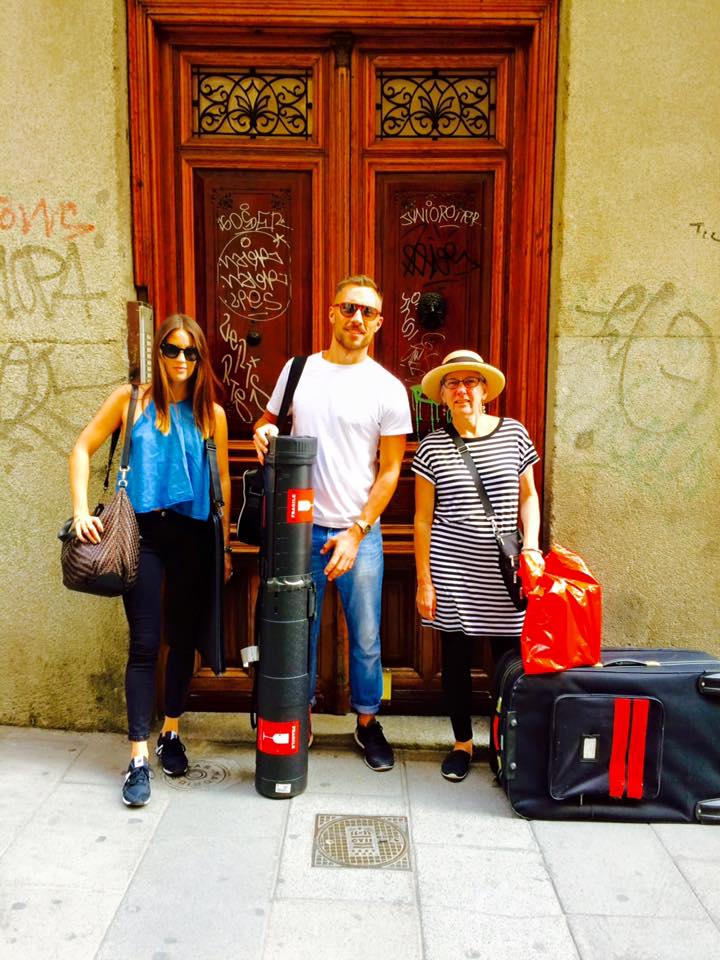

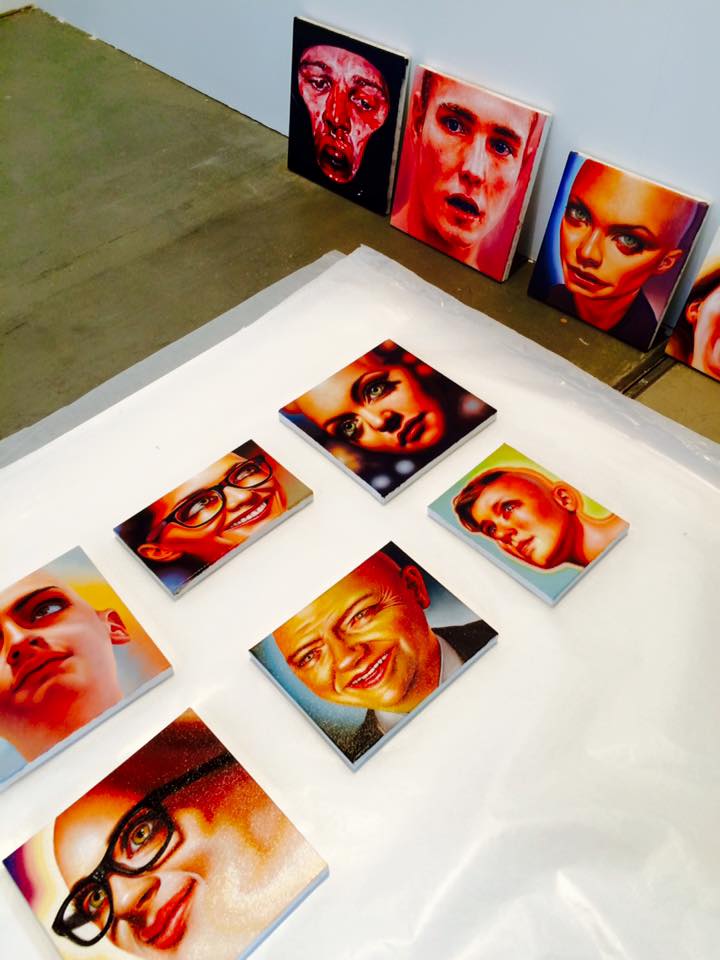
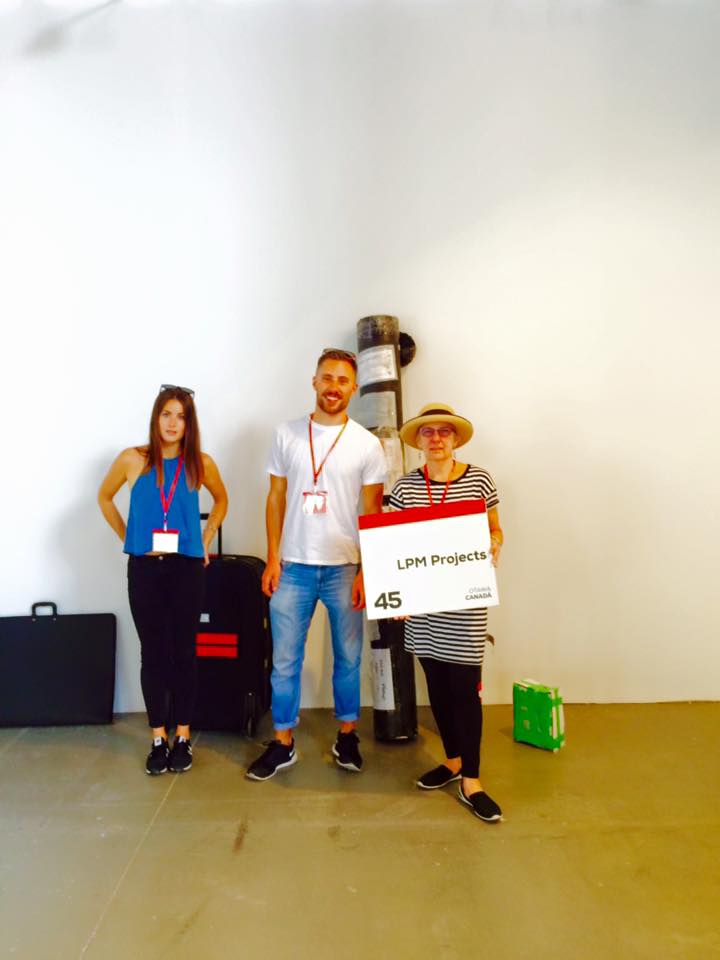
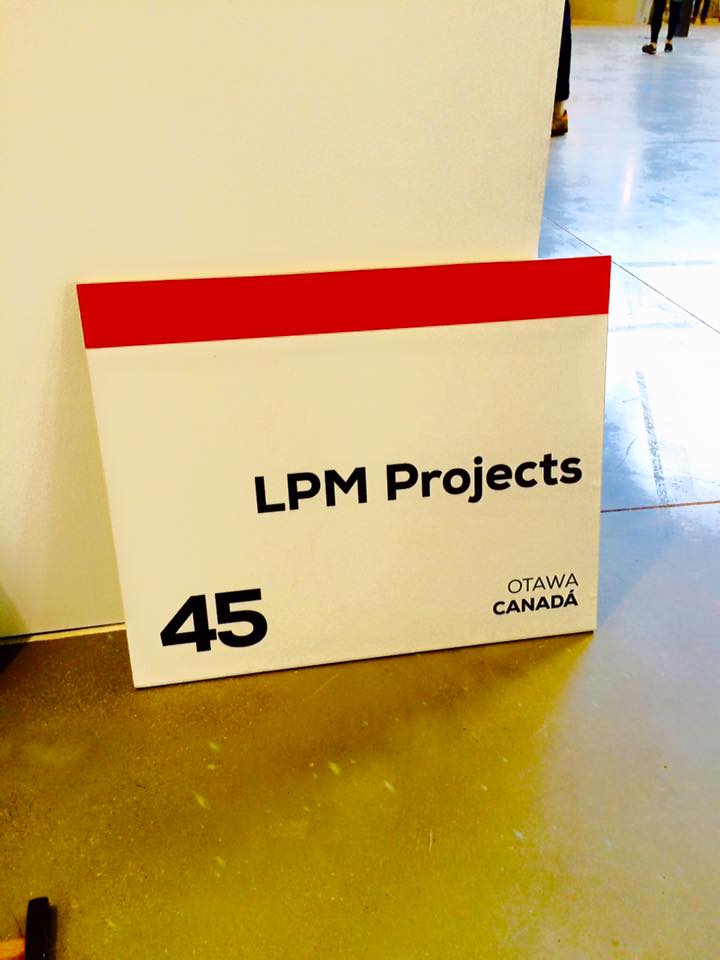

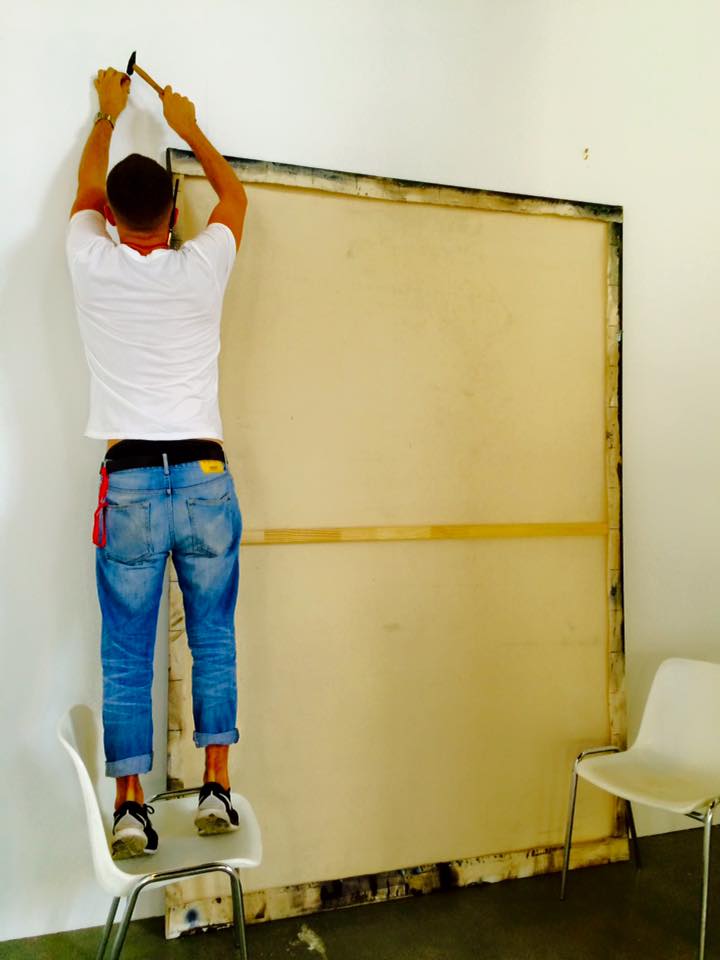
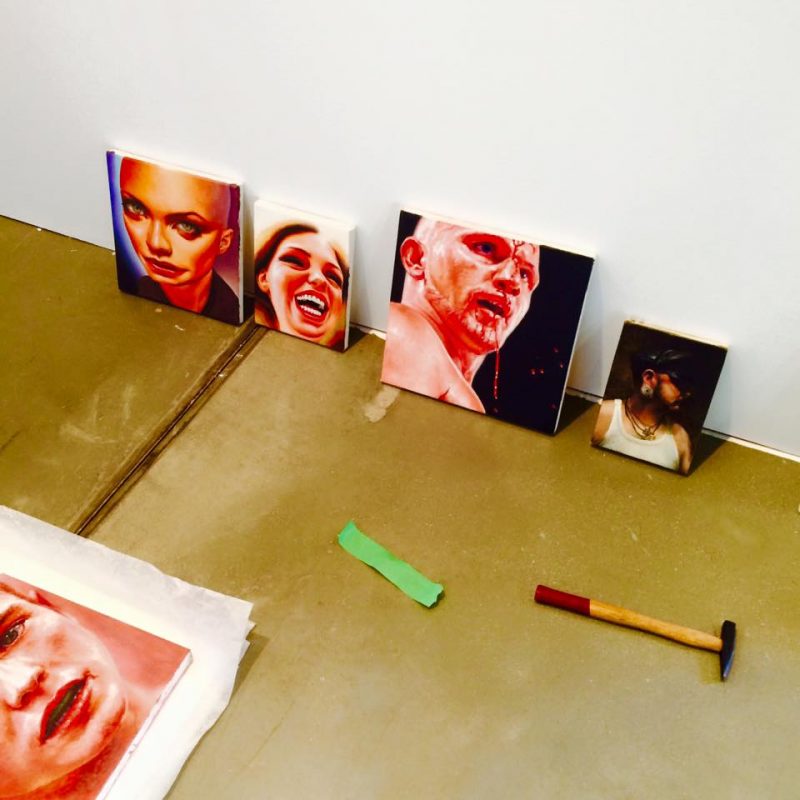
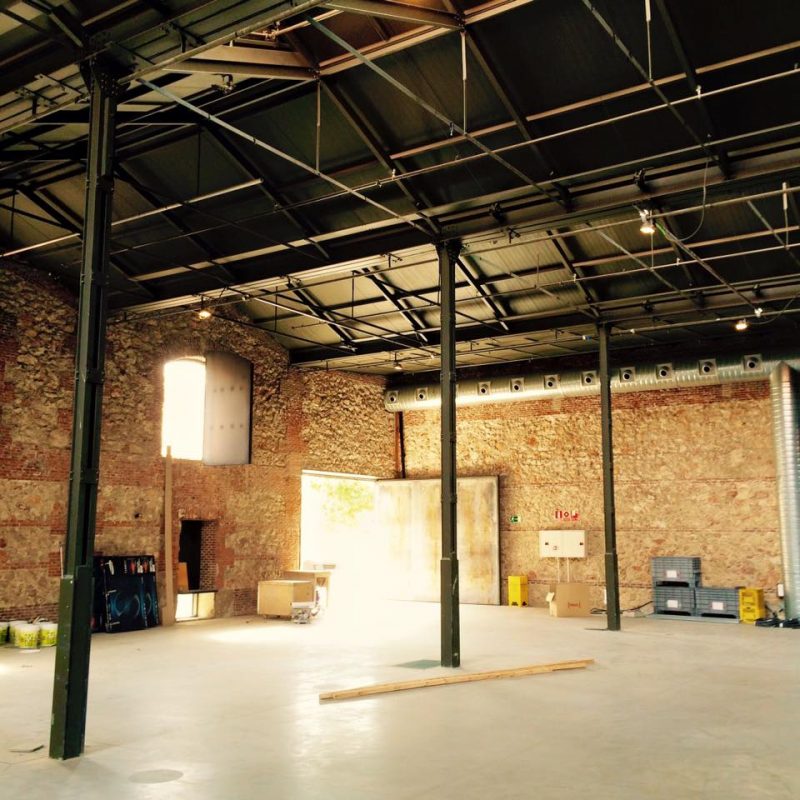

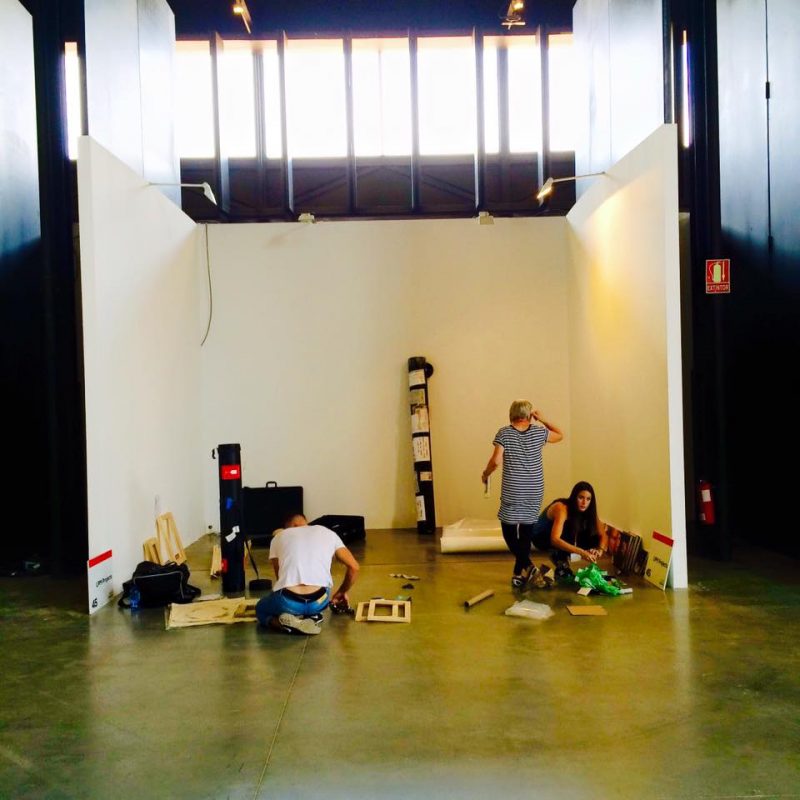
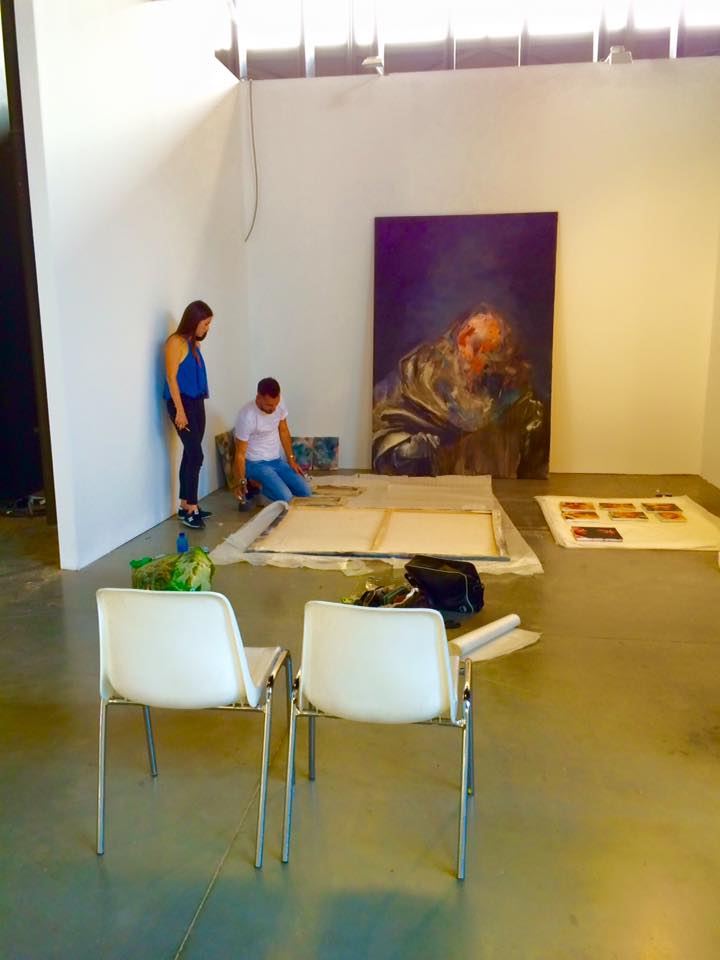
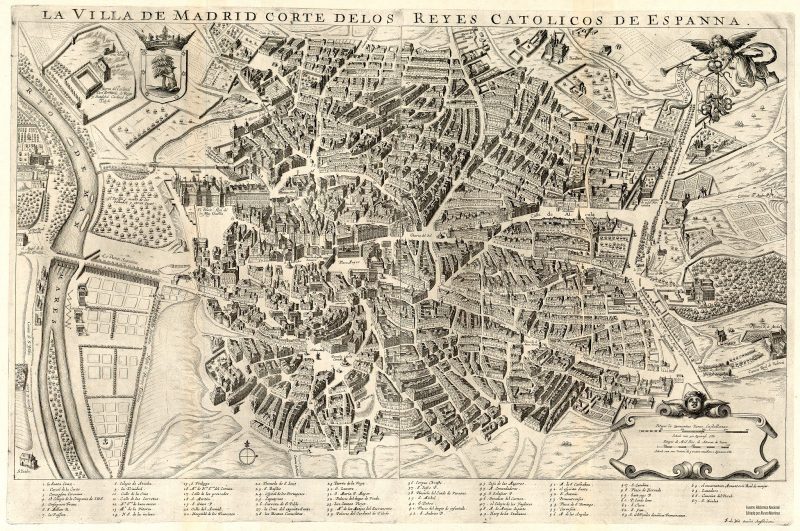
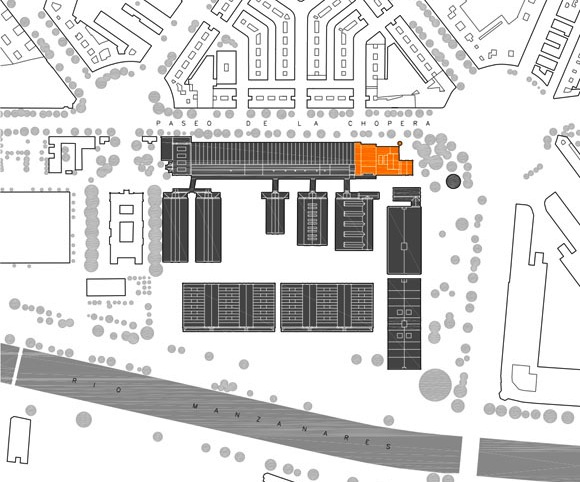
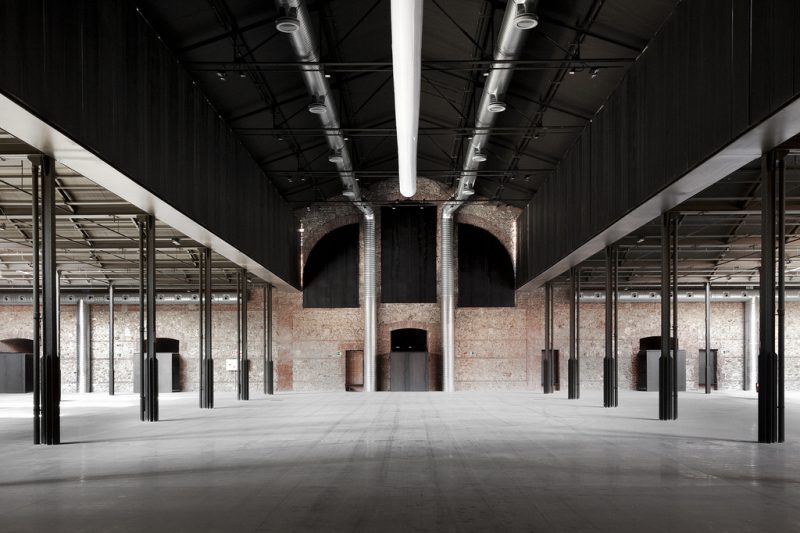

![[©(c)Roland Halbe; Veroeffentlichung nur gegen Honorar, Urhebervermerk und Beleg / Copyrightpermission required for reproduction, Photocredit: Roland Halbe]](https://guyberube.com/wp-content/uploads/2014/09/mataderoprot_905-800x598.jpg)
